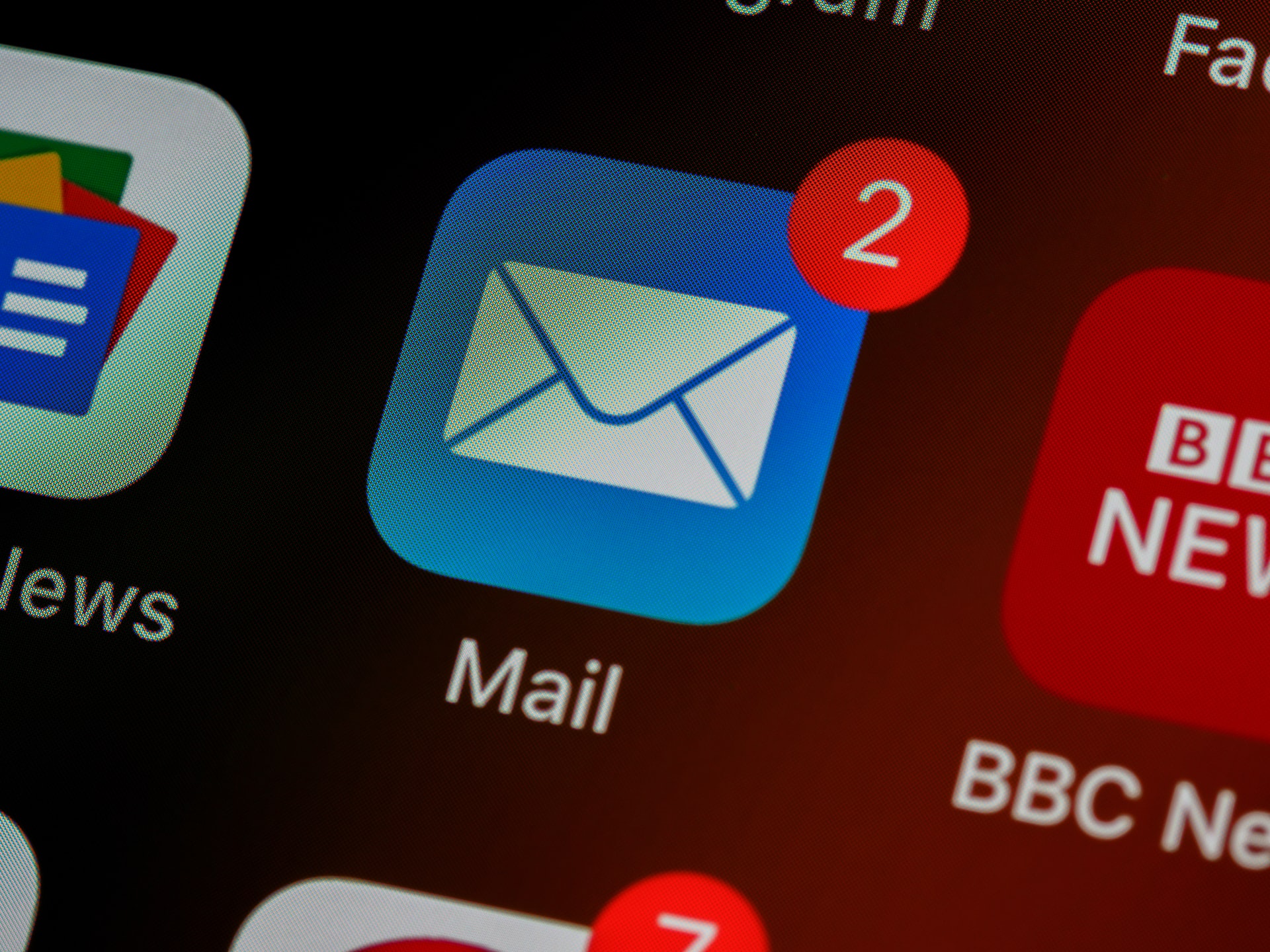Email marketing can be a powerful tool for businesses to connect with their audience and drive revenue. However, when not executed correctly, it can also be a waste of time, money, and resources. In this article, we'll discuss the top 10 email marketing mistakes you need to avoid to ensure your email campaigns are effective.
How do you Ensure Your Email Marketing Campaigns are Effective? And, What Are the Top Email Marketing Mistakes You Need To Avoid?
Failing to Segment Your Email List.
One of the most common email marketing mistakes is failing to segment your email list. Sending the same message to everyone on your list can lead to lower open rates, higher unsubscribe rates, and even spam complaints. By segmenting your list based on demographics, behavior, and preferences, you can tailor your messages to each group's specific interests and needs, leading to higher engagement rates and more conversions.

Using Generic or Spammy Subject Lines.
Your subject line is the first thing your audience sees in their inbox, so it's essential to make it count. Using generic or spammy subject lines can decrease your open rates and make your messages appear unprofessional. Instead, make sure your subject lines are specific, compelling, and personalized to each recipient's interests and preferences.
Ignoring Mobile Optimization.
With more people accessing their email on mobile devices, ignoring mobile optimization can lead to a significant missed opportunity. If your emails aren't optimized for mobile devices, they may be challenging to read, and your audience may not engage with them. Make sure your emails are easy to read and navigate on both desktop and mobile devices to ensure maximum engagement.
Not Testing Your Emails Before Sending.
Not testing your emails before sending them out can lead to embarrassing mistakes, such as broken links, typos, or formatting issues. Before sending any email, make sure you test it thoroughly to ensure everything is working correctly and your message appears as intended. Additionally, A/B testing can help you determine which elements of your email are working best and adjust your strategy accordingly.
Forgetting to Include a Clear Call-to-Action (CTA).
A clear call-to-action (CTA) is essential for driving conversions and achieving your email marketing goals. Without a CTA, your recipients may not know what action to take or why they should take it. Make sure your CTA is clear, concise, and easy to find in your email messages.
Sending Emails Too Frequently or Infrequently.
Sending emails too frequently or infrequently can lead to decreased engagement may even lead to unsubscribes or spam complaints. Finding the right email frequency depends on your audience's preferences and behavior, so it's essential to test different sending frequencies and analyze your email metrics to determine what works best for your business.
Overcomplicating Your Emails.
Emails that are too complicated or cluttered can be overwhelming for your audience and decrease their engagement. Instead, keep your messages simple, clear, and easy to read. Use white space and visuals to break up your content and make it more visually appealing. Additionally, make sure your emails are scannable, so your audience can quickly find the information they need.
Neglecting to Analyze Your Email Metrics.
Analyzing your email metrics is crucial for understanding the success of your email campaigns and making data-driven decisions for future campaigns. Some key metrics to track include open rates, click-through rates, conversion rates, and unsubscribe rates. By analyzing your email metrics, you can identify areas for improvement and optimize your email campaigns for maximum impact.
Neglecting to Set Clear Goals.
Another mistake businesses often make is neglecting to set clear goals for their email campaigns. Without clear objectives, it's challenging to measure the success of your campaigns and determine which strategies are working and which ones aren't. Setting specific, measurable, achievable, relevant, and time-bound (SMART) goals can help you stay on track and ensure your email campaigns are aligned with your overall business objectives.

In Summary
In conclusion, email marketing can be a powerful tool for businesses, but it's essential to avoid the common mistakes discussed in this article. Segmenting your email list, setting clear goals, using personalized subject lines, optimizing for mobile, testing your emails, including clear CTAs, finding the right sending frequency, keeping your emails simple, and analyzing your email metrics are all crucial for achieving success with email marketing.
Frequently Asked Questions.
- What is email segmentation, and why is it important for email marketing?
Email segmentation is the process of dividing your email list into groups based on demographics, behavior, and preferences. It's essential for email marketing because it allows you to tailor your messages to each group's specific interests and needs, leading to higher engagement rates and more conversions. - How often should I send emails to my audience?
The optimal email sending frequency depends on your audience's preferences and behavior. It's essential to test different sending frequencies and analyze your email metrics to determine what works best for your business. - Why is it important to test my emails before sending them?
Testing your emails before sending them is essential to ensure everything is working correctly and your message appears as intended. It can also help you identify any issues, such as broken links, typos, or formatting issues, before sending them to your audience. - What are some best practices for writing email subject lines?
Some best practices for writing email subject lines include making them specific, compelling, and personalized to each recipient's interests and preferences. It's also essential to avoid using generic or spammy subject lines and keep them concise and to the point. - How can I improve my email open rates?
Some ways to improve your email open rates include using personalized subject lines, segmenting your email list, optimizing for mobile, and sending emails at the optimal frequency for your audience. Additionally, testing and analyzing your email metrics can help you identify areas for improvement and optimize your email campaigns for maximum impact.
The Top 10 Email Marketing Mistakes You Need to Avoid